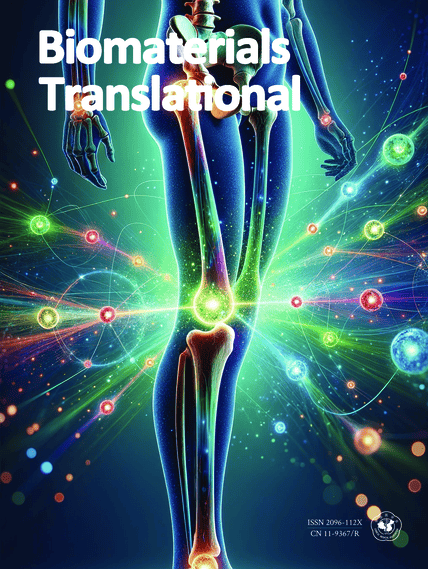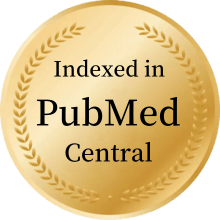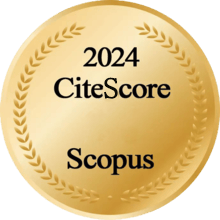Scientific Advancements on the Bio-Based and Polymer-Derived Biomaterials: Synthesis, Characterization, and Multifunctional Applications
3D Printing of Smart Biomaterials for Cancer and Neurological Applications
From Repair to Malignancy: Cellular plasticity in Wound Healing and Cancer
Next-Generation Smart Polymers and Intelligent Nanotechnologies: Converging Materials for Biomedical and Environmental Applications



















